Dec
26
2012
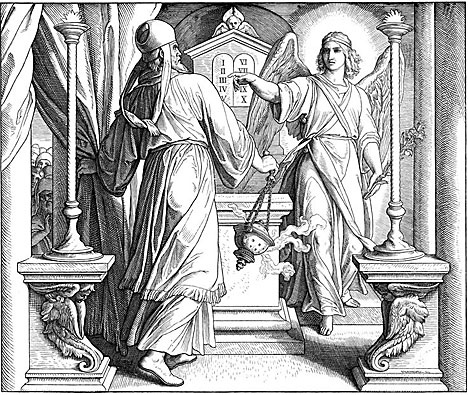
Here’s some interesting calculations concerning the day of Jesus’ birth in relation to Israel’s festal calendar. It was written by Michael Scheifler (a Seventh-day Adventist), and is reproduced here with his permission.
While much of the world celebrates the birth of Jesus Christ on the 25th of December, can the actual day of Jesus’ birth be determined from scripture? This question will be explored in some detail, and will yield a result that is quite intriguing. The first passage we will consider begins with the father of John the Baptist, Zacharias:
Continue reading
Comments Off | tags: 70 Weeks, Bible Chronology, Booths, Christmas, Chronicles, Daniel, Feasts, Luke, Tabernacles, Temple | posted in Biblical Theology, Quotes, The Last Days
Sep
8
2012
or The Architecture of Abraham’s Bosom
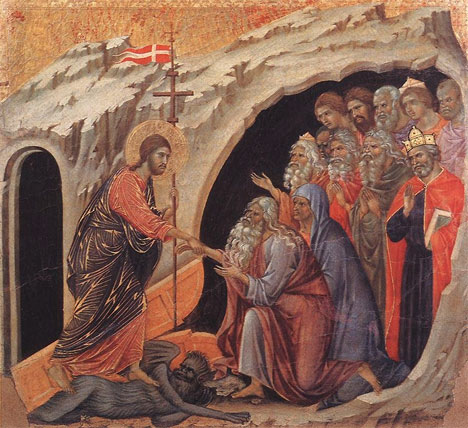
“For just as Jonah was three days and three nights in the belly of the great fish, so will the Son of [Adam] be three days and three nights in the heart of the [Land].”
(Matthew 12:40)
There was some to and fro recently between Doug Wilson and Andrew Perriman on the use of Greek terms for the grave and hell used by the New Testament writers. [1] Each makes some very good points (I lean more towards Perriman), concerning “what lies beneath.” When Jesus speaks of a “divided hell,” should we be overly concerned about Greek mythology? It seems to me that those who focus on the references to pagan literature in the Bible fail to see the biblical sources of many things, even if these biblical things pick up Greek names along the way.
However, neither Wilson nor Perriman really deals with the architecture of God’s work in the world, which is what actually lies beneath. As with Shakespeare, an understanding of God’s “global theatre” enlightens us concerning the shape of His stories.
Continue reading
Comments Off | tags: Abraham, AD70, Baptism, Circumcision, Covenant Theology, Genesis, Melchizedek, Moses, Revelation, Solomon, Temple | posted in Bible Matrix, Biblical Theology, Creation, The Last Days
Feb
6
2012
or Ethnic Cleansing as Mercy

“In representative terms, the people of God are no longer the Land but the heavenly Sea. The Church herself is the oncoming storm.”
In The Days of Vengeance [PDF], David Chilton did a great job of introducing many of us to the fact of Jesus’ use of “cosmic language” in Matthew 24 to describe the end of the Old Covenant. Not only is the idea of an actual, physical star falling to earth impossible (can you imagine the sun “falling to earth”?) but Jesus is quoting from a prophecy against Babylon. His audience would have realized this as a scathing attack against the Herods and their “government controlled” Temple worship. So, the language is clearly poetic, but why would the prophets—and Jesus and His apostles—deliberately cause so much confusion by using cosmic language to describe non-cosmic events? The answer is found in the mercy of God.
Continue reading
3 comments | tags: AD70, Baptism, Circumcision, Communion, Postmillennialism, Tabernacle, Temple | posted in Against Hyperpreterism, Bible Matrix, Biblical Theology, The Last Days
Nov
30
2011
1 Peter 2:4-10 | Sermon Notes
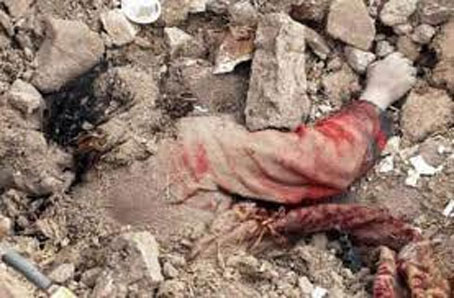
Unfinished Business
6 For in Scripture it says: “See, I lay a stone in Zion, a chosen and precious cornerstone, and the one who trusts in him will never be put to shame.”
The first mention of a cornerstone is in Job 38. The Lord sees the Land as the foundation of His Temple. The entire structure reflects the Covenantal nature of the act of Creation.
Continue reading
1 comment | tags: Atonement, Hosea, Job, Justice, Justification, Peter, Solomon, Temple, Urim and Thummim | posted in Bible Matrix, Biblical Theology
Nov
28
2011
1 Peter 2:4-10 | Sermon Notes
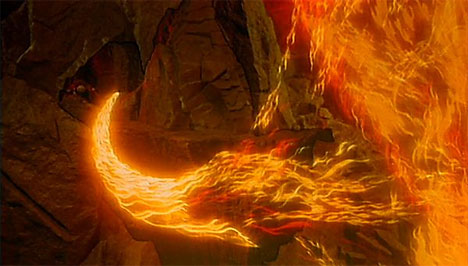
Cut and Uncut Stones
4 As you come to him, the living Stone—rejected by humans but chosen by God and precious to him—
Peter’s use of the stone image should bring many Old Testament images to mind:
- the precious stones of Havilah, intended to be mined from the Land to glorify the sanctuary [1]
- the false stones of Babel (they had brick for stone)
- Jacob’s head on the altar stone, in a deep sleep
- Jacob’s raising of an altar stone in Bethel: “And this stone which I have set as a pillar shall be God’s house, and of all that You give me I will surely give a tenth to You.”
- Zipporah’s sharp stone of circumcision
- Moses enthroned on a stone at the defeat of Amalek
- Israel’s altars of stone (one stone for each tribe) at Sinai and Carmel
- The precious stones on the breastplate of the High Priest
- The tablets of stone carrying the ten words
- The stones of the “Levitical” house in the city filled with plague
- The stones of judgment, the ground itself as a witness executing transgressors outside the camp
- The black and white stones in the ephod
We have two types of stones: uncut stones (altar, judgment – the Law) and cut, or precious, stones (glory and riches – Grace).
Continue reading
1 comment | tags: Circumcision, Exodus, Ezekiel, Genesis, Havilah, Hebrews, High Priest, Peter, Satan, Sinai, Solomon, Tabernacle, Temple | posted in Bible Matrix, Biblical Theology
Mar
17
2011
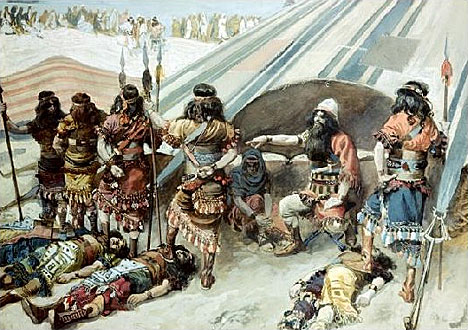
or OH&S in Eden
I mentioned in a post the other day that silver is bridal, and that silver was relegated to the tent poles, the outer court, until the Tabernacle died, was resurrected and transfigured into the Temple of Solomon. [1] The reason was that the Sanctuary was the King’s Court, a place that was not safe for criminals. It demanded that justice be satisfied with a constant presentation of fresh blood.
Continue reading
Comments Off | tags: Baptism, Circumcision, Deuteronomy, Genesis, Joshua, Resurrection, Silver, Solomon, Tabernacle, Table of Showbread, Temple | posted in Biblical Theology, Creation
Dec
6
2010
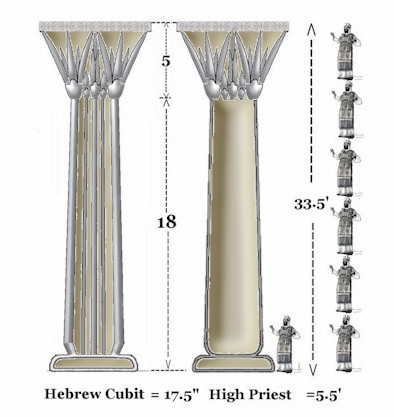
Peter Leithart writes:
“Why so much attention to the pillars of Solomon’s temple in 2 Kings 25? It is likely that these were the last major items left. Ahaz had already dismantled the bronze sea and the water chariots. King after king plundered the temple for bribe money. When Nebuchadnezzar came, not much was left. Perhaps even the ark was among the ‘gold’ items removed earlier.” [1]
Continue reading
Comments Off | tags: Creation Week, Daniel, Kings, Mordecai, Nebuchadnezzar, Peter Leithart, Solomon, Tabernacle, Temple | posted in Bible Matrix, Biblical Theology, Quotes, The Restoration Era
Sep
9
2010
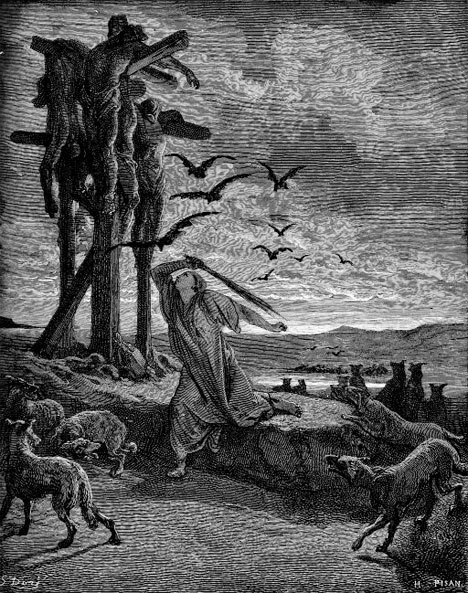
“Now Rizpah the daughter of Aiah took sackcloth and spread it for herself on the rock, from the beginning of harvest until the late rains poured on them from heaven. And she did not allow the birds of the air to rest on them by day nor the beasts of the field by night.” 2 Samuel 21:10
NOTE: THIS POST HAS BEEN REMIXED AND INCLUDED IN GOD’S KITCHEN.
At the heart of the Bible Matrix is Testing. Although all the major narratives follow the pattern, many of the minor ones do too. If Adam had not failed his initial “qualifying round,” he would have progressed to the next stage of dominion. We know this because we see others later in the Bible move beyond this first round to greater glory. For instance, Daniel’s first challenge mirrors Adam’s challenge exactly. He was offered kingdom food and refused it.
Continue reading
Comments Off | tags: AD70, Atonement, Exodus, Herod, Jericho, Nebuchadnezzar, Postmillennialism, Samuel, Temple, Two witnesses, Witness | posted in Biblical Theology, Christian Life, The Last Days
Sep
2
2010

From James B. Jordan’s fascinating Thoughts on Jachin and Boaz [1]
“The Tabernacle and Temple were not only pictures of the kingdom of God. They were also pictures of the human person (John 2:21). We have noted that the High Priest had a chain around his neck, and pomegranates and bells encircling the ephod. Without any difficulty we can see the 1-cubit collar of the pillar as a neckband, the lily as the head, and the bronze shaft as the trunk. The size and proportions are roughly equivalent to those of a 5’ man.
Continue reading
Comments Off | tags: goliath, James Jordan, Temple | posted in Biblical Theology
Aug
9
2010
An Exhortation to Be A Fruitful Tree
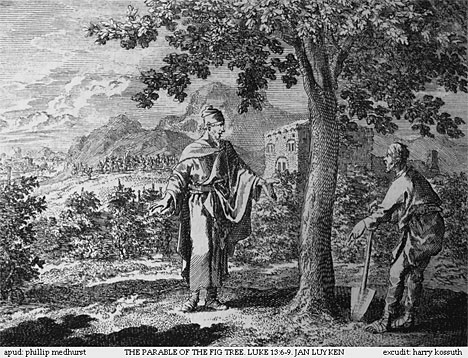
Tabernacles was the final annual feast, a Godfest to be thrown by Jews as a ministry to Gentiles. At the Feast of Clouds [1], every household temporarily became a new house of God, a “local branch” of the Tabernacle, a “priesthood of all believers.” Of course, we see this fulfilled in the book of Acts. Just as we see Paul exhort the Ephesians (Gentiles!) to put on the mediatorial body-armour of the High Priest, [2] his final exhortation to the Roman Christians alludes to not only Israel’s feasts but Israel’s priesthood. Pretty much every church he established was a “booth” made of natural Jewish branches and ingrafted Gentile branches. [3] At Pentecost, the same cloud that received Jesus filled the house. [4] Now every household of faith was a Tabernacle, a glorious cloud with a government of human angel-elders. [5] In the Bible’s literary structure, a recurring motif at Tabernacles is good fruit, godly offspring. God wants more than just a covering of leaves. As in Eden, future generations hang upon wise government.
Continue reading
8 comments | tags: AD70, Add new tag, Atonement, Doug Wilson, Feasts, Genesis, Laver, Literary Structure, Paul, Roman Catholicism, Romans, Systematic typology, Tabernacles, Temple | posted in Bible Matrix, Biblical Theology, The Last Days



































